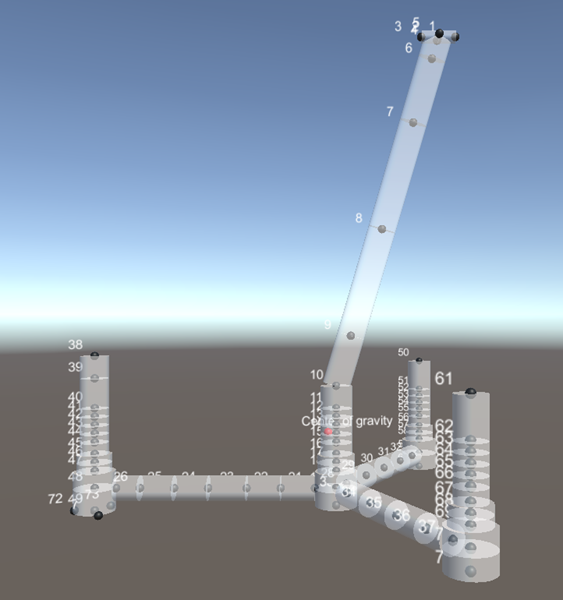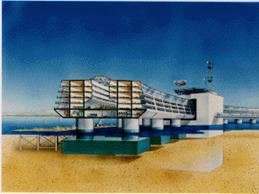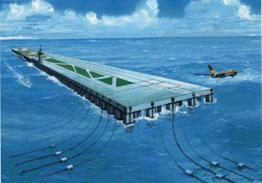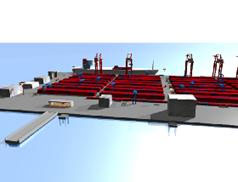Researches in Suzuki Laboratory
| SUMMARY | R&D of Energy | R&D of Environment | R&D of Ocean Space Utilization |
1. SUMMARY
The
biggest challenge of human society in this century is to build a
sustainable society. From the perspective of resources and energy, it
is necessary to develop new resources and energy with a low
environmental impact. In Japan, although the land area is small, the
exclusive economic zone is vast, and it can be said that the potential
of the sea for solving this problem is extremely large. In our
laboratory, we are paying attention to ocean renewable energy such as
wind, ocean current/tidal current, temperature difference, wave, and
sun as an energy source.
In this field, there is a
global research competition for practical application. We are also
conducting research on deep seabed mineral resource development, CO2
ocean sequestration as a measure against global warming, formation of
fishing grounds by improving the marine environment, and logistics and
resource storage facilities that use the ocean space and have a low
environmental load. In order to lead these R&D and realization, we
plan resource development such as ocean renewable energy and methane
hydrate, and predict VIV/VIM behavior of riser and floating structure
aiming for advanced technological development. We are also working on
elemental technology development of marine platforms such as position
retention and materials.
 Low motion spur type wind turbine |
 Idea of pull-up of resources in sea bed |
 |
 |
| Numerical simulation on VIV and VIM behavior | |
2. R&D of Energy
Wind
Turbibe
The
amount of wind energy resources that can be developed in Japan is
extremely small, estimated to be several million KW on land, but it is
far higher than that on the ocean, and there is more energy resources
than Japan's total power generation. .. On the other hand, the
characteristics of the sea area around Japan suddenly become deeper
when it goes offshore, so it is not possible to install a seabed type
wind turbine like in Europe. We are proposing efficient floating
offshore wind power generation. Recently, active researches such as
improvement of motion characteristics of spar type offshore wind
turbine with JMU and development of coupled response analysis method
between wind turbine and floating body are being conducted.
 Low motion spur type wind turbine |
  Weight saving windmill float Model Tast |
Methane hydrate development system
Since the methane hydrate development system, which exists in large quantities under the deep sea floor in Japan's exclusive economic zone, has poor methane hydrate productivity, a production method that secures the required production volume using a large number of shallow depth horizontal wells. Is assumed to be We are working on the concept development of a production system that specializes in methane hydrate for a system consisting of production wells, platforms (including mooring and subsea), treatment facilities, and pipelines.

3. R&D of Environment
Since the methane hydrate
development system, which exists in large quantities below the deep
sea floor in Japan's exclusive economic zone, has poor methane hydrate
productivity, a production method that secures the required production
volume using a large number of shallow depth horizontal wells. Is
assumed to be We are working on the concept development of a
production system that specializes in methane hydrate for a system
consisting of production wells, platforms (including mooring and
subsea), treatment facilities, and pipelines.

4. R&D of Ocean Space Utilization
For Japan, whose land area is
narrow and dense, utilizing marine space for business, industry,
logistics, and residential purposes is one of the important issues to
consider. We are planning a super large floating system for utilizing
the ocean space.
 Offshore floating city |
 Semisubmarsible type floating base |
 Offshore floating logistics base |
